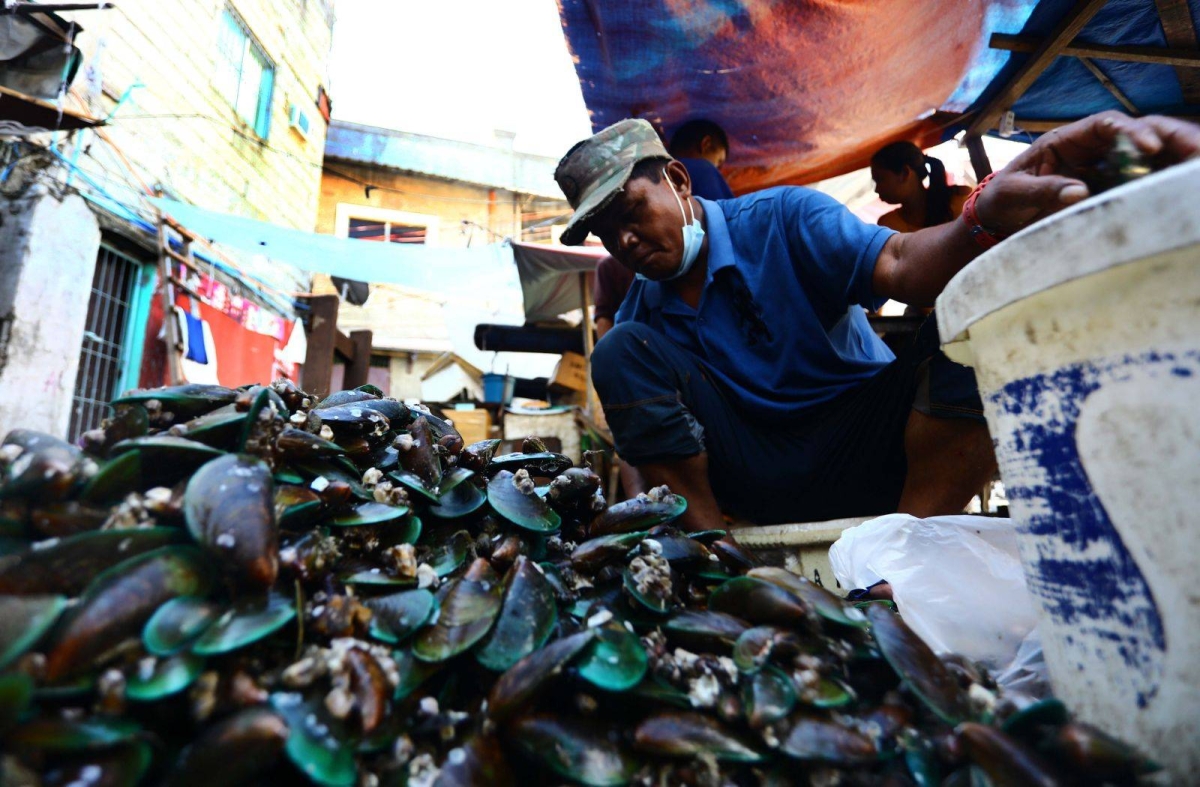Department of Health warns against eating shellfish due to toxic red tide
The Department of Health (DOH) in Manila, Philippines has issued a warning to the public regarding the consumption of shellfish such as mussels, oysters, clams, and acetes sp. or alamang. This cautionary measure comes in response to the presence of toxic red tide in coastal waters.
The Bureau of Fisheries and Aquatic Resources (BFAR) recently announced that shellfish collected and tested from various areas, including Milagros in Masbate, Dauis and Tagbilaran City in Bohol, San Pedro Bay in Samar, Matarinao Bay in Eastern Samar, Dumanquillas Bay in Zamboanga del Sur, and San Benito in Surigao del Norte, have tested positive for paralytic shellfish poison (PSP) or toxic red tide.
The DOH, in a statement released on Saturday, emphasized the potential dangers of consuming contaminated shellfish. The signs and symptoms of paralytic shellfish poisoning typically manifest within 12 hours after ingestion. These symptoms may include numbness around the mouth or face, dizziness, a pricking sensation and/or paralysis of the hands and feet, body weakness, rapid pulse, difficulty talking, swallowing, or breathing, as well as headaches.
It is crucial for the public to be aware of these symptoms and to seek immediate medical attention if they experience any of them after consuming shellfish. Prompt medical intervention can help mitigate the effects of paralytic shellfish poisoning and prevent further complications.
Toxic red tide is a natural phenomenon caused by the proliferation of harmful algal blooms in coastal waters. These algal blooms produce toxins that can accumulate in shellfish, rendering them unsafe for consumption. The DOH’s warning serves as a precautionary measure to protect the public from potential health risks associated with the consumption of contaminated shellfish.
It is important to note that the presence of toxic red tide is not limited to the mentioned areas alone. Other coastal regions may also be affected, and it is advisable to stay updated with local advisories and announcements from relevant authorities.
In light of this warning, it is essential for individuals to exercise caution when purchasing and consuming shellfish. It is advisable to source shellfish from reputable suppliers who adhere to proper harvesting and testing protocols. Additionally, cooking shellfish thoroughly can help reduce the risk of contamination, as high temperatures can neutralize the toxins produced by the harmful algal blooms.
Local laws and regulations play a vital role in ensuring the safety of seafood products. Authorities, such as the BFAR, regularly monitor and test shellfish samples to detect the presence of harmful toxins. These measures are in place to protect consumers and maintain the integrity of the seafood industry.
In conclusion, the DOH’s warning against consuming shellfish contaminated with toxic red tide serves as a reminder for the public to prioritize their health and safety. Awareness of the symptoms of paralytic shellfish poisoning and adherence to proper sourcing and cooking practices can help mitigate the risks associated with shellfish consumption. By staying informed and following local advisories, individuals can make informed decisions regarding their dietary choices and protect themselves from potential health hazards.
Source: The Manila Times







